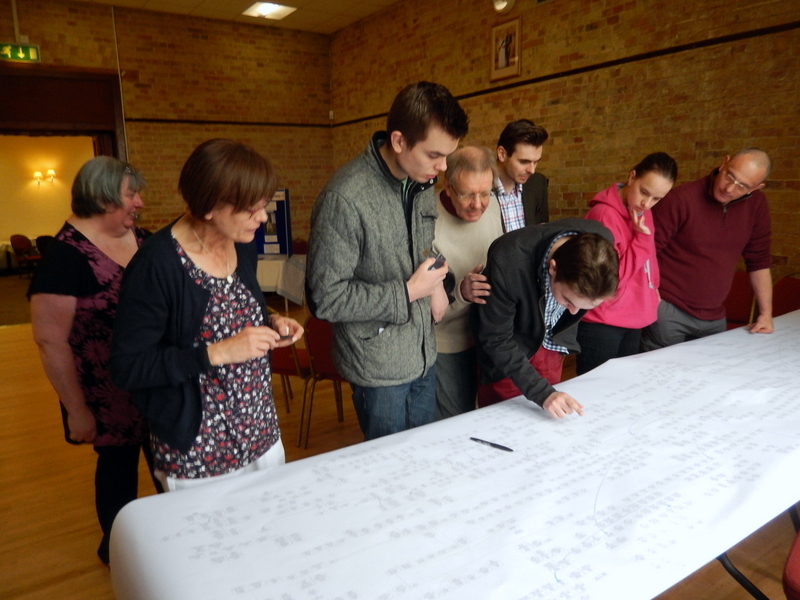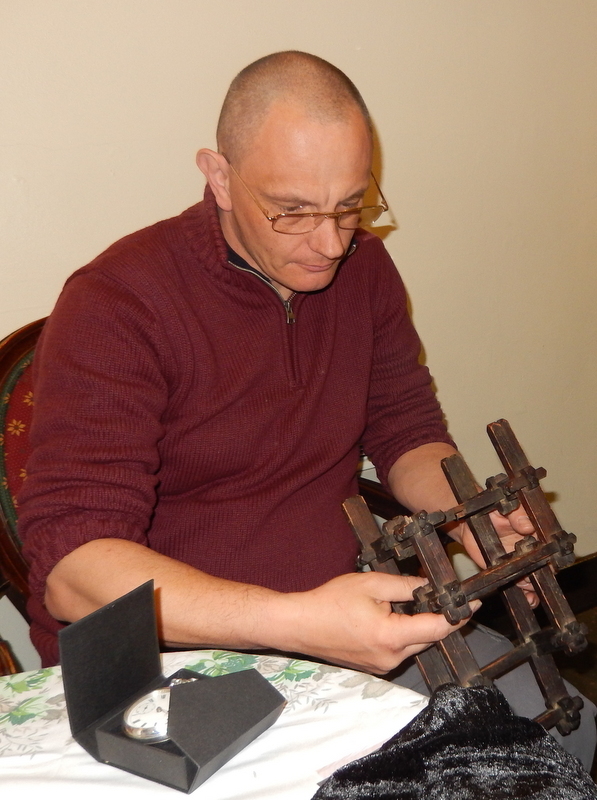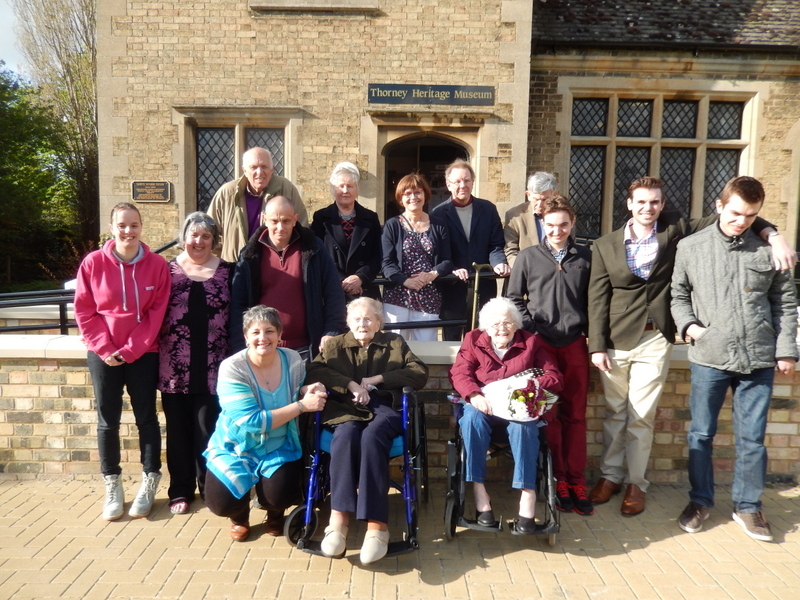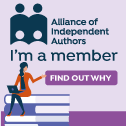
From Writing For Family To Publishing Worldwide
Sharing Your Family History Is Vital
to Young People’s Health
The story of your family has value.
- Family history is a powerful antidote against adverse life experiences. It shows you too can overcome disaster and survive tough times.[i]
- Children with a strong sense of their ancestors are more self-confident.[ii]
- Sharing family stories promotes bonding and helps adolescents develop a sense of identity.[iii]
- Family histories can help determine, and challenge, the effect of inheritance on mental health.
The pitfalls and joy of saving family history for future generations – A Personal Legacy
My first attempt to share family history with my relatives was a family tree charting my ancestors up to the level of my eighth great-grandparents. But early, I fell into the trap of trusting someone else’s research. I discovered they had not proved the ancestral connections in their family tree.[iv] Even after I printed a reliable chart, I found that my family’s response to my discoveries was (understandably) lukewarm.
I turned to growing our tree, found new living relatives, and arranged a meeting in the Tank Yard, once home to my maternal grandfather. It was great fun reuniting the different branches of the family in the Bedford Hall, Thorney, 130 years after my granddad’s birth. But sharing the larger tree I had printed was not the family’s highlight.
Holding previously unseen heirlooms made the event. Touching items that had belonged to our ancestors reinforced the emotional connection with the past. It created special memories with newfound family.



now the Thorney Museum, 2014
The experience made me realise how little we know about what we each have in our own collection. Now I collate a digital record of all the heirlooms, diaries, photographs, newspaper clippings, recipes, and personal documents that had survived in our respective collections. I had planned to save these to a USB memory stick. Then I remembered how the audio and film of me as a young child had been lost.
My challenge was to select a widely accessible format, while making sure its form would be robust enough to last. Each technology I considered ran the risk it would not be understood or valued. So, I planned another printed photo album. An advantage of this format is it can easily describe each item, along with any associated stories. But it is the thought of a professionally produced photobook lasting for many more generations that spurred me on.
My next goal was to finish a legacy box for each young person in the immediate family, including:
- Ancestor charts
- Family trees
- Family photo albums
- Photo albums of heirlooms and birth, marriage and death records
Yet this did not feel enough. Although each of the above enterprises is valuable, they did not communicate all I wanted to future generations.
My leisure time soon revolved around treading in my ancestors’ footsteps, particularly those of my grandfather Walter Parker. I pored over archival records and binge read social history to understand the context of my forebears. My family was now keen to know what I had uncovered, but how much I could say and what would they remember. So, how to share?
I realised that if family historians want what they have painstakingly discovered to survive; we have to weave the distinct threads into a narrative – and print the result.
Writing a Family History Book – Who, Me?
Writing your family history can be daunting and, at times, overwhelming. Questions raced through my mind:
- How would I find the time?
- Could I cut the project down to size so it would be possible to complete?
- What would keep me motivated?
- I had written nothing before. How could I make it good enough?
- I am not a qualified researcher or historian, so why would anyone want to read a book I had written?
The answer to my question, ‘Where would I find the time?’ came from tutor Gill Blanchard on her Writing Your Family History course at The Society of Genealogists in London. Gill told me, during a break, ‘It is not about finding the time; it’s about deciding what to give up.’ I found it was easy to give up most of my television viewing for an activity that felt so rewarding.
Gill also showed me how I could cut my project down to size. She explained my progress would be quicker if I concentrated on one person. I chose my Victorian grandfather Walter Parker and drafted a writing plan.
For motivation, I started telling people I was writing a book, if only to hold myself accountable. I pressed on despite my misgivings and frequent crises of confidence. I decided to behave as if it were possible for me to bring a book into the world. When I was ill, exhausted, or despaired of finishing, I pictured someone reading my book 200 years from now.
The challenge of how to make my writing polished enough to publish ran alongside the whole endeavour. Feeling confident my work stood up to historical scrutiny was the hardest hurdle to overcome. But the solution to both these problems turned out to be easy: I discovered that to go from writing for family to worldwide publication, I needed a team behind me.
You are not alone – Building a team
Looking back, I realise I was as methodical about putting my team together as I was in my research. I considered my doubts and questions and, over time, sought out people who could help me.
Long before I had a first draft, I started criticising everything I wrote. I stalled. Rather than give up, I found a writing coach and editor, Vrinda Pendred, whose encouragement helped me through the inevitable setbacks. When I could not see a way forward, Vrinda sensitively shone a light on my work and inspired me to take my writing to the next level. An epiphany led me to combine my counselling background and interest in mental health with my family history research. I considered what my grandfather could have inherited from his ancestors, and a psychological inheritance unravelled, revealing intergenerational anxiety, trauma, loss, alcoholism, and depression. And what family is without these? I had discovered my voice and the overarching theme of my work.
Overcoming Doubt
As I came to the end of my fifth draft, I felt the manuscript was still not finished. Doubt in my ability, never far away, returned. I questioned whether I had written a book only I could enjoy. Unfairly, I shared it with trusted friends, but I failed to ask for feedback from people interested in family history. Finally, I bounced my ideas off fellow enthusiasts and was delighted at how responsive they were to my blend of family history and psychological research. Dare I believe my book could find a wider audience than family?
I asked myself what would give me the courage to seek a publisher. Although I am an enthusiastic independent scholar, I do not have any qualifications in history or research. So, I looked for a professional. I added a historical consultant to my team. Dr George Regkoukos was enormously patient and encouraging. He also:
- gave me a historical perspective
- helped me focus my research
- pointed out gaps in my thinking
- referred me to research I had overlooked
Armed with hard-earned confidence and a draft I could be proud of, I was now ready to seek a publisher.
From Writing for Family to Publishing Worldwide
When seeking a publisher, my first considerations were: would my writing find an audience? Would a traditional publisher see the value in such a niche form of writing?
I found out that conventional publishers sold, on average, about 5 million adult non-fiction print books in the United States per week during October and November 2019, in the run-up to Christmas. The average traditionally published non-fiction book sells 250-300 copies in the first year and 3,000 in the book’s lifetime.
Could a publisher help readers find my book? Maybe. But publishers expect authors to identify and bring their readership, and undertake a lot of marketing themselves. In the old-style publishing world, a book is usually given a press release, inserted into a brochure and newsletter, and it then declines in sales.
The more research I did, the more I believed publishing independently would work best for me and a family history book. I came to see traditional publishing as the vanity route. At best, it could reassure me that what I had created was good enough–but isn’t it the reader who decides that?
I wish I had come across the Alliance of Independent Authors (ALLi) at the beginning of my journey. ALLi is an affordable professional business membership organisation for self-publishing authors (nothing to do with vanity publishing). One of the significant points ALLi makes is that as an author, you do not need to become a specialist in every field. Instead of being uncertain you can plug into essential, trusted advice, supportive guidance, and a range of resources that would be near impossible, and time-consuming, to create for oneself. I added more people to my team, a book cover designer, proofreader, and an interior book designer.
As an independent author, you are free to seek worldwide opportunities in print, podcast, blog, radio, audio, and eBook over my lifetime because I have kept my intellectual property rights. (Quick top tip: according to copyright law, your heirs could benefit 70 years after your death—another legacy.) You also know the price each book sells at, where these sales come from, and in what format. As a bonus for your next book, you can tailor your marketing to what you have learned from your previous publication.
Once I made my decision to stay independent,I looked at two different methods of publishing: print-on-demand, where a distributor prints a book when an order is received, and e-publishing. Here I was fortunate. The consultant historian I was working with was won over by my book and started developing a software package that would make my digital family history shine. The print version will be published in 2021.
It’s been a long journey—but family history cannot survive unless we share it. I hope this article will encourage you to bring your own painstaking research to life. Whatever form your family history takes, I do hope you will join me on the thrilling ride from writing family history to publication, leaving behind a unique legacy. To read the first two chapters of “Who Do I Think You Were?” A Victorian’s inheritance for free go here and click the button ‘Your two free chapters are waiting’ at the bottom of the page.
I love hearing from readers. Why not email me?: helen@helenparkerdrabble.com.
Interested in the Alliance of Independent Authors?
For more information, click my affiliate link here.

Highly recommended
Vrinda Pendred is an author, publisher, writing coach, editor and proofreader. She holds a BA Hons in English with Creative Writing, a proofreading qualification with the Publishing Training Centre, and has completed work experience with Random House. Find out more here.
Gill Blanchard is an author, professional genealogist, local historian, and a qualified tutor with an MA in Biography and Creative Non-Fiction. Find out more about Gill here.
Dr George Regkoukos is a historical consultant. He can help you take your project from planning to publishing with a variety of packages. Gift vouchers are available. George also leads a team of publisher and e-learning software developers, who became so enthusiastic about family history that they now offer their innovative service to other family historians interested in creating beautiful, engaging, interactive eBooks. Visit here for more information.
[i] Copeland, L. (2020). Genealogy Provides the Strength to Persevere: Knowing your family’s past can help you get through a crisis. [Accessed January 2021]
[ii] Hardy, R. (2017). Why children need to know their family history. [Accessed January 2021]
[iii] Duke, M.P., Lazarus, A., & Fivush, R. (2008). Knowledge of family history as a clinically useful index of psychological well-being and prognosis: A brief report. Psychotherapy Theory, Research, Practice, Training, 45, 268-272.
[iv] Findmypast – Genealogy, Ancestry, History blog from Findmypast. 2020. 6 Common Genealogy Mistakes (And How To Avoid Them). [Accessed January 2021]
